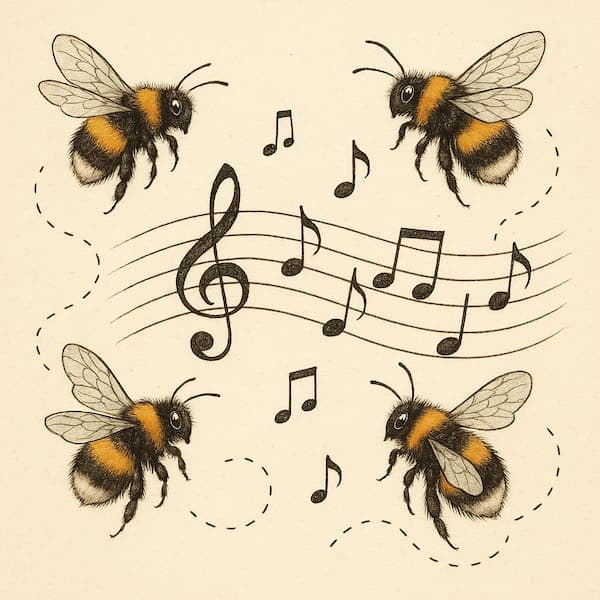In 1918, between his Flute Concerto and his third symphony, Carl Nielsen wrote one of his few tone poems: Pan og Syrinx (Pan and Syrinx). The nymph Syrinx, known for her chastity, and vowing, as a follower of the huntress Artemis, to remain a virgin, was constantly beset by satyrs. Pursued one day by the very persistent Pan, God of the wild, she flees to the river Ladon and begs the river nymphs to save her.
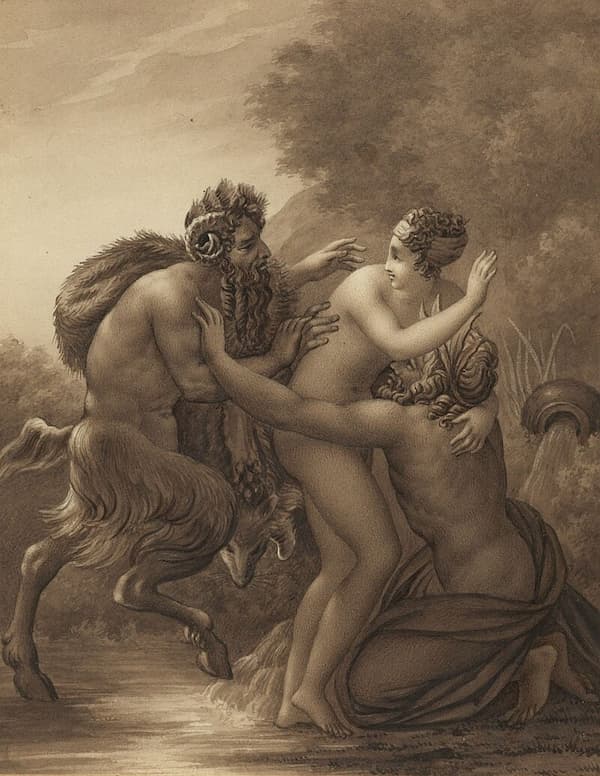
Anne-Louis Girodet de Roussy-Trioson: Pan poursuivant Syrinx, 1926 (Harvard University: Houghton Library)
The nymphs turned her, at her request, into waterside reeds.
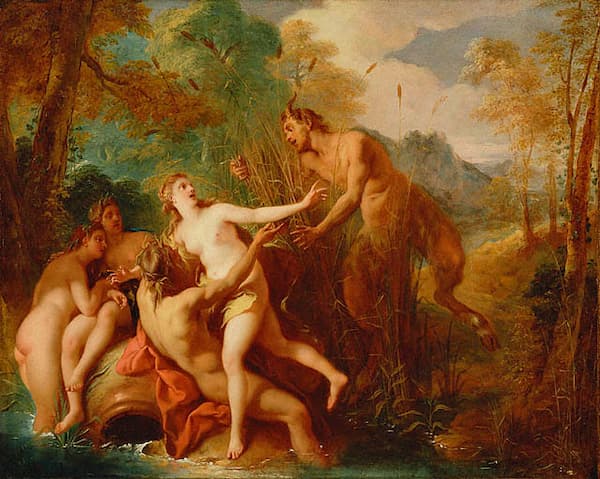
Jean-François de Troy: Pan and Syrinx, 1722 –1724 (J. Paul Getty Museum)
Disappointed, Pan blew across the reeds and seemed to hear in them the sound of Syrinx’ voice.
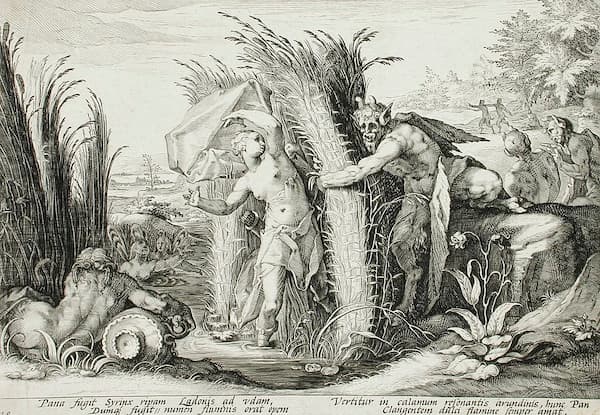
Pan Pursuing Syrinx, Who is Changed into a Reed (Los Angeles County Museum of Art
Cutting them, he made a new musical instrument, which he called the syrinx in her honour. We also know them as Pan pipes.

Walter Crane: ‘Sweet, piercing sweet was the music of Pan’s pipe’, ca 1910
Carl Nielsen (1895–1931) wrote his tone poem first with the title ‘Naturscene’ and then with the title of Pan and Syrinx. He made the characters not human but as metaphors of movement: Pan’s character is prowling and restless, and Syrinx shudders and shrieks as she attempts to escape. His evocation of water and reeds brushed by the wind places us in the landscape.
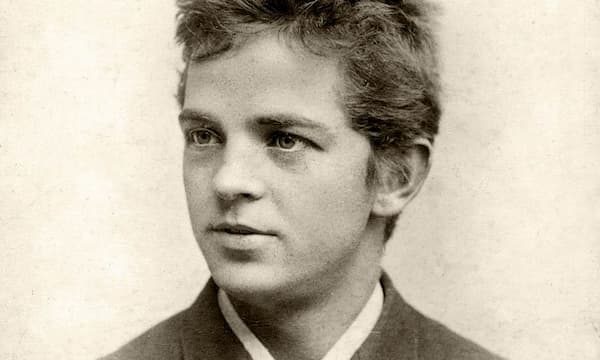
Carl Nielsen, 1884
Opening with rustling strings and with a flute as the flowing waters, it’s the percussion, particularly the xylophone and tambourine, that brings violence into the scene. A striking duet between the cor anglais and glockenspiel (wind and percussion) gives us the transformation of our desperate heroine into something she hopes will be forgettable. At the end, a solo cello speaks under a fizzing of dissonance in the violins.
Carl Nielsen: Pan og Syrinx (Pan and Syrinx), Op. 49, FS 87 (Bergen Philharmonic Orchestra; Edward Gardner, cond.)
The work was given its premiere at an all-Nielsen concert in February 1918. He dedicated the work to his daughter Anne Marie on the occasion of her marriage to the Hungarian violinist Emil Telmányi.

Emil Telmányi, ca 1920
Telmányi would be important to Nielsen’s career, initially as a violinist, then as a conductor, and, finally, as a collaborator in the revision of some of Nielsen’s works.
Nielsen’s ability to evoke the landscape and populate it with mythical creatures brings the story to life. Three weeks before the work’s concert premiere, Nielsen had yet to set pen to paper. He was inspired by reading Ovid’s Metamorphoses. The work has been compared to Debussy’s impressionist works, but is less misty and aethereal. It was frequently performed in Nielsen’s lifetime, conducted both by himself and others.
For more of the best in classical music, sign up for our E-Newsletter

